Expansion of Flight Training Programs
The Glider Aircraft Market is experiencing an expansion of flight training programs, which is crucial for fostering new talent in the aviation sector. As interest in gliding grows, flight schools are increasingly offering specialized training for aspiring pilots. This expansion is not only enhancing the skills of new pilots but also promoting safety and operational efficiency within the industry. Recent data indicates that enrollment in glider training programs has increased by 25% over the past year, reflecting a heightened interest in aviation careers. Additionally, partnerships between flight schools and manufacturers are emerging, facilitating access to modern glider aircraft for training purposes. This trend is likely to contribute to the overall growth of the Glider Aircraft Market, as more individuals are introduced to the joys of gliding.
Regulatory Support for Aviation Safety
The Glider Aircraft Market benefits from regulatory support aimed at enhancing aviation safety standards. Governments and aviation authorities are increasingly focusing on establishing stringent safety regulations for all types of aircraft, including gliders. This regulatory environment fosters consumer confidence, encouraging more individuals to engage in gliding activities. Recent data suggests that regions with robust regulatory frameworks have seen a 20% increase in glider registrations over the past two years. Furthermore, the emphasis on safety has prompted manufacturers to invest in research and development, leading to the introduction of safer and more reliable glider models. This trend not only bolsters the Glider Aircraft Market but also ensures that safety remains a top priority for both manufacturers and operators.
Environmental Sustainability Initiatives
The Glider Aircraft Market is increasingly influenced by environmental sustainability initiatives. As awareness of climate change and environmental issues grows, there is a notable shift towards more sustainable aviation practices. Gliders, which utilize natural lift and require no fuel during flight, are inherently more eco-friendly compared to powered aircraft. This characteristic positions gliders as a viable option for environmentally conscious consumers. Recent studies indicate that the demand for electric and hybrid glider models is on the rise, with projections suggesting a 30% increase in sales over the next five years. Manufacturers are responding to this trend by developing innovative designs that minimize environmental impact, thereby aligning with global sustainability goals. This focus on sustainability is likely to play a crucial role in shaping the future of the Glider Aircraft Market.
Growing Demand for Recreational Aviation
The Glider Aircraft Market is witnessing a growing demand for recreational aviation activities. As more individuals seek leisure activities that offer unique experiences, gliding has emerged as a popular choice. The allure of soaring through the skies with minimal environmental impact resonates with many aviation enthusiasts. Recent surveys indicate that participation in gliding activities has increased by approximately 15% in the past year, reflecting a broader trend towards outdoor and adventure sports. This rising interest is likely to stimulate demand for new glider aircraft, thereby contributing to the overall growth of the Glider Aircraft Market. Additionally, flight schools and clubs are expanding their offerings, further promoting gliding as an accessible and enjoyable pastime.
Technological Innovations in Glider Aircraft
The Glider Aircraft Market is experiencing a surge in technological innovations that enhance performance and safety. Advancements in materials, such as lightweight composites, have led to improved aerodynamics and fuel efficiency. The integration of advanced avionics systems provides pilots with enhanced navigation and control capabilities. According to recent data, the market for glider aircraft is projected to grow at a compound annual growth rate of 5.2% over the next five years, driven by these technological advancements. Furthermore, the development of electric gliders is gaining traction, appealing to environmentally conscious consumers. This trend indicates a shift towards more sustainable aviation solutions, which could reshape the competitive landscape of the Glider Aircraft Market.


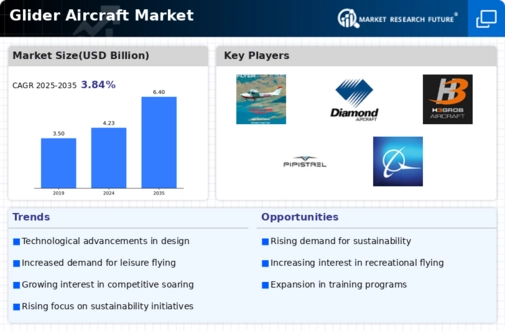
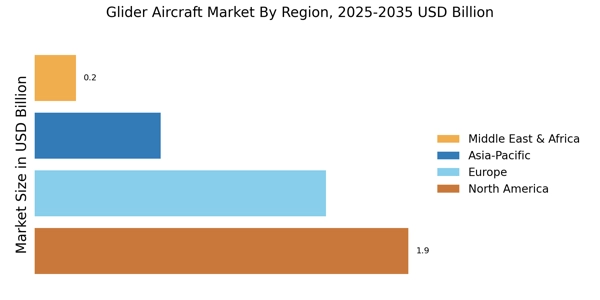

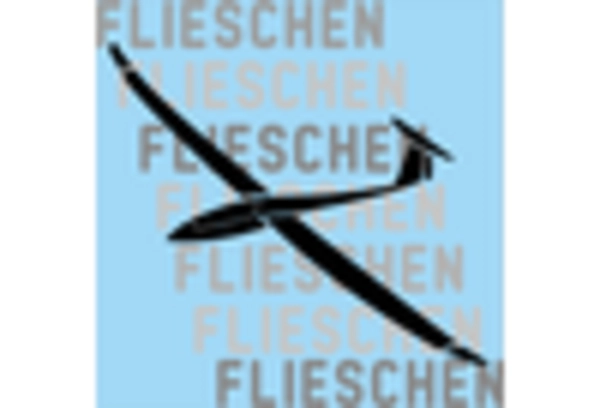
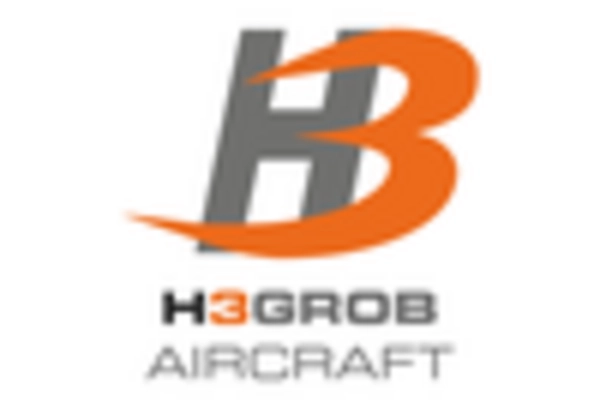
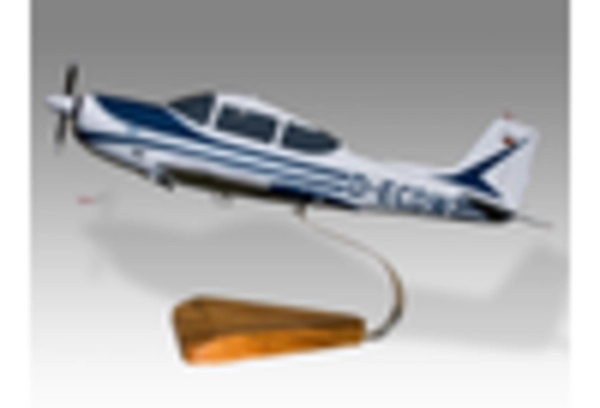










Leave a Comment